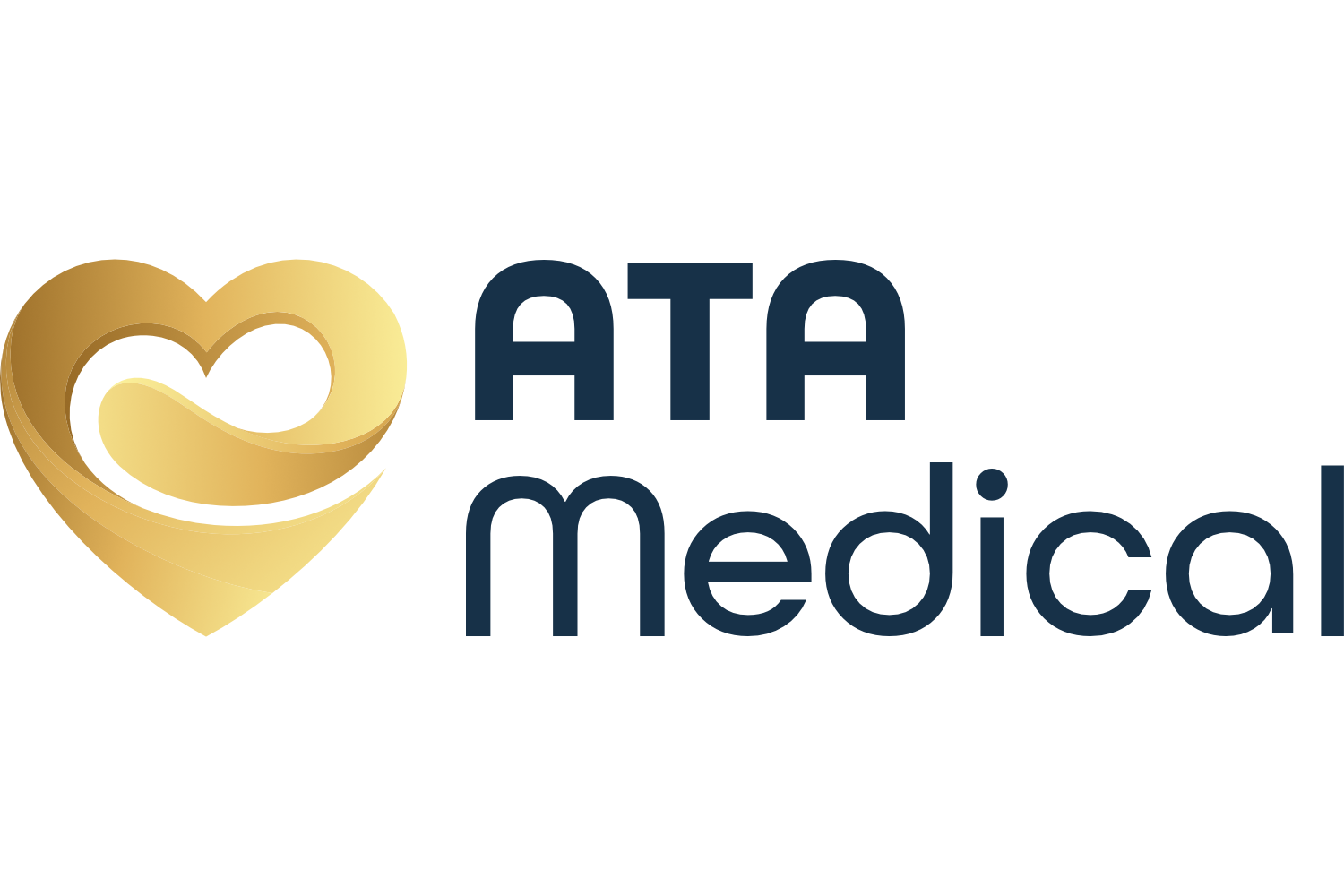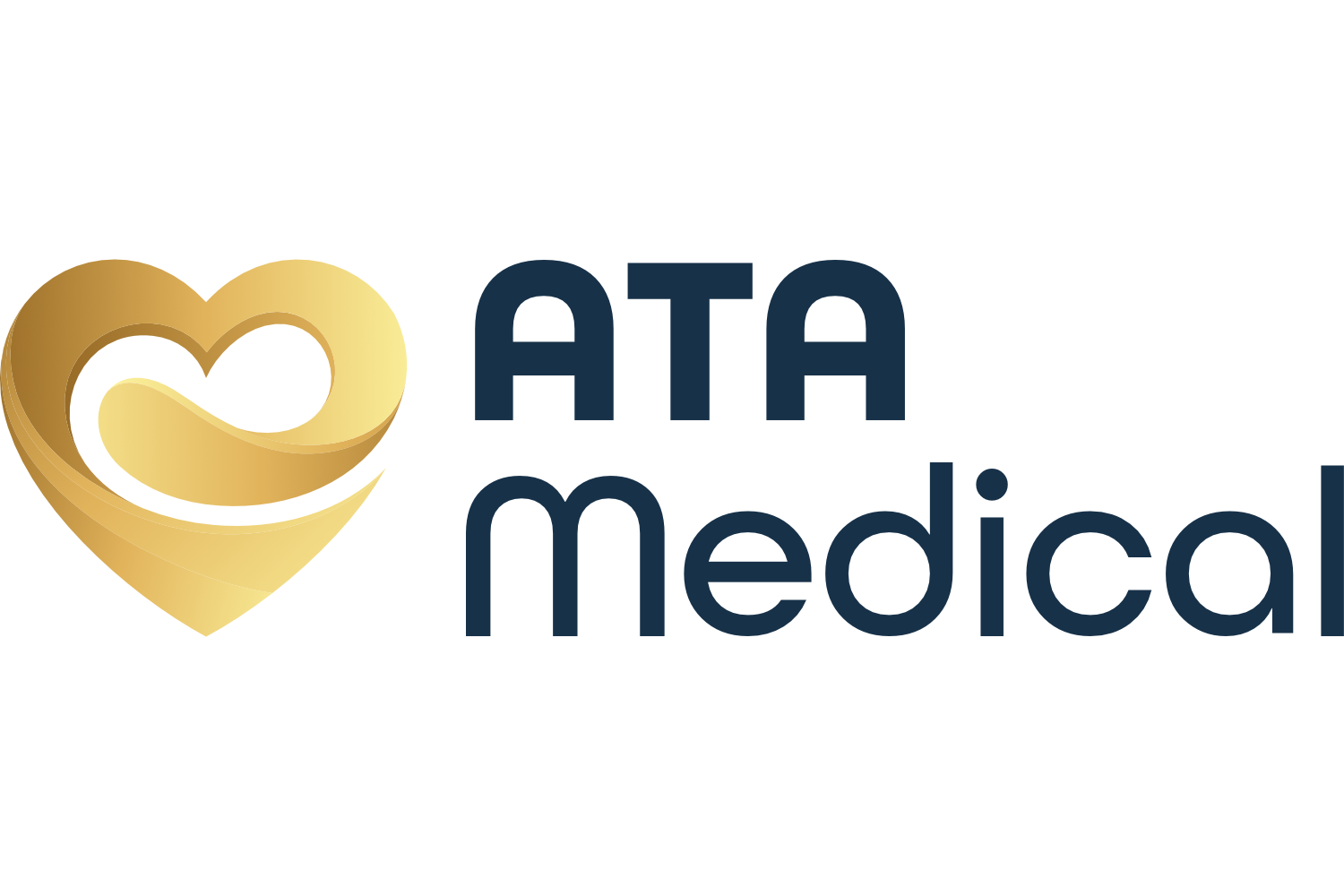What Is Iron Deficiency?
Iron deficiency is a condition where the body has insufficient iron
to produce haemoglobin, the protein in red blood cells that
carries oxygen to your organs and tissues. Low iron levels can lead to
symptoms such as constant tiredness, weakness, pale skin, shortness of
breath, and difficulty concentrating. If untreated, iron deficiency may
progress to iron deficiency
anaemia, a condition that requires medical treatment.
Iron deficiency is the most common
nutritional deficiency worldwide. In Singapore, studies suggest
that nearly half of
all women may have low iron levels without knowing it, often
mistaking symptoms for general fatigue or stress.
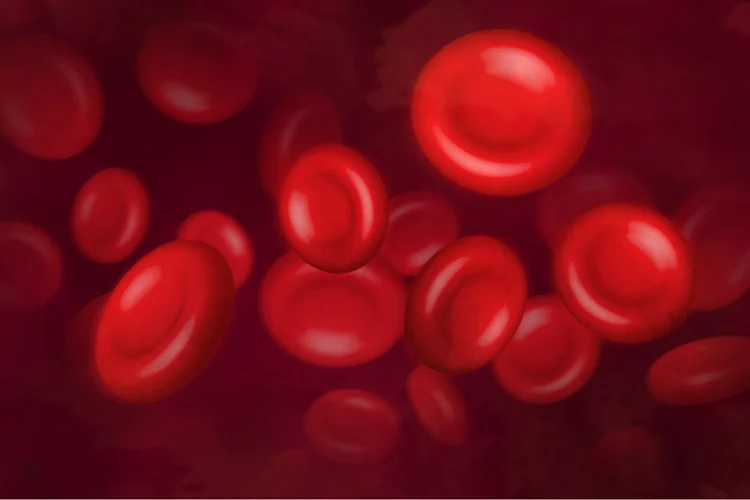
Causes of Iron Deficiency
Understanding the causes of iron deficiency can help identify risk factors and preventive measures. Common causes include:
- Insufficient Dietary Intake: A diet lacking in iron-rich food such as red meat, dark leafy vegetables, beans, and iron-fortified cereals may lead to insufficient iron levels, especially in vegetarians or vegans.
- Increased Iron Needs: Certain life stages, such as pregnancy, adolescence, and childhood, demand higher iron levels to support growth and development.
- Blood Loss: Blood loss, whether from menstruation, surgery, or gastrointestinal bleeding, can significantly reduce iron levels.
- Malabsorption: Certain medical conditions, such as celiac disease, Crohn’s disease, kidney disease, and cancer, can interfere with the body’s ability to absorb, utilise, or regulate iron effectively. They can impair nutrient absorption in the digestive tract or disrupt iron metabolism and storage within the body.

Symptoms of Iron Deficiency
Iron deficiency often goes unnoticed in its early stages, as symptoms can be mild. However, as it progresses, individuals may experience:
- Fatigue and Weakness: Low oxygen levels in muscles can cause persistent tiredness and general weakness.
- Dizziness and Headaches: Reduced oxygen to the brain may lead to headaches, dizziness, or light-headedness.
- Shortness of Breath: Inadequate oxygen makes physical activities challenging, causing shortness of breath even with mild exertion.
- Pale Skin: Low haemoglobin levels can cause paleness, especially visible in the face and inner eyelids.
- Cold Hands and Feet: Reduced haemoglobin affects circulation, often making extremities feel colder than usual.
- Brittle Nails and Hair Thinning: Iron deficiency can hinder cell growth and repair, making nails brittle and prone to cracking and may also lead to hair thinning or increased shedding.
It is important to note that these symptoms may overlap with other conditions. A proper diagnosis by a doctor is recommended for those experiencing multiple symptoms.

Diagnosing Iron Deficiency
Diagnosing iron deficiency usually involves a series of blood tests to assess iron levels and overall red blood cell health, including:
- Complete Blood Count (CBC): Measures various blood components, including red blood cells and haemoglobin levels.
- Iron and Total Iron-Binding Capacity (TIBC) Testing: Evaluates the body’s current iron levels and measures how well the blood can bind and transport iron.
- Ferritin Testing: Measures ferritin, a protein that stores iron. Low ferritin levels can indicate iron deficiency even when haemoglobin levels are normal.
Additional tests may be recommended by a doctor to determine the underlying cause of iron deficiency, such as gastrointestinal bleeding or dietary insufficiencies.
Treatment Options for Iron Deficiency
Managing iron deficiency involves treating both the symptoms and the root cause, with options such as:
1. Dietary Changes
Increasing the intake of iron-rich foods is a primary approach to managing iron deficiency. Foods high in iron include lean meats, fish, beans, lentils, tofu, and fortified cereals. Consuming vitamin C-rich foods, like oranges, strawberries, and bell peppers, alongside iron sources can enhance iron absorption.
2. Iron Supplements
In cases of moderate to severe deficiency, iron supplements may be recommended to replenish iron levels in the body. It is essential to follow medical advice regarding dosage, as excessive iron can lead to complications such as constipation, nausea and abdominal pain.

3. Iron Infusion
For individuals who cannot tolerate oral supplements due to gastrointestinal issues, have malabsorption problems, or have severe deficiencies, iron may be administered intravenously in a clinical setting. This method allows iron to be directly absorbed by the body, leading to a quicker increase in iron levels and potentially providing faster symptom relief compared to oral supplementation.
4. Addressing Underlying Health Issues
If iron deficiency is due to an underlying condition, your doctor may prescribe treatments such as medications, procedures, or specific therapies to address it. This indirectly improves iron deficiency by treating the root cause.
Iron Deficiency Testing & Treatment in Singapore
Iron deficiency is highly treatable but requires proper diagnosis and management. At ATA Medical, we offer professional services for diagnosing and managing iron deficiency and other related health conditions. Our prices are as follows:
| Test / Treatment | Price* |
|---|---|
| Consultation | From $49.05 |
| Iron Deficiency Testing | |
| Full Blood Count | $17.44 |
| Iron Deficiency Profile Screen (Iron, Total Iron Binding Capacity, % Iron Saturation) | $52.32 |
| Deficiency Screen (Folate, Vitamin B12, Vitamin D, Iron, Total Iron Binding Capacity, % Iron Saturation, Ferritin) | $161.32 |
| Comprehensive Deficiency / Hair Loss Screen (Folate, Vitamin B12, Vitamin D, Iron, Total Iron Binding Capacity, % Iron Saturation, Ferritin, Zinc, Magnesium, Free T4, TSH) | $263.78 |
| Iron Deficiency Treatment | |
| Oral Iron Supplement | $65.40 per box (based on 3 months supply) |
| Intravenous (IV) Iron Infusion (MONOFER®) | $490.50 per 500 mg |
Summary
Iron deficiency is a widespread yet often overlooked condition that can significantly impact overall health and quality of life if not addressed. Understanding its causes, recognising symptoms early, and seeking proper diagnosis and prompt treatment are vital for improving well-being and preventing complications like iron deficiency anaemia. If you are experiencing symptoms or suspect you have iron deficiency, schedule an appointment to consult a doctor today.
Why Choose ATA Medical?





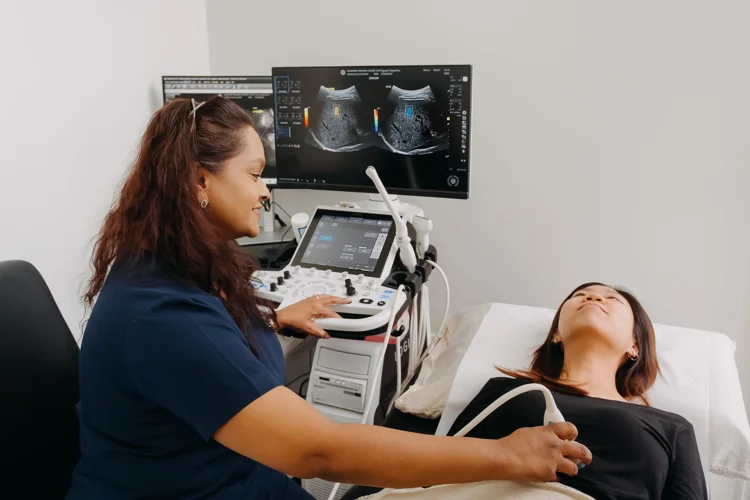
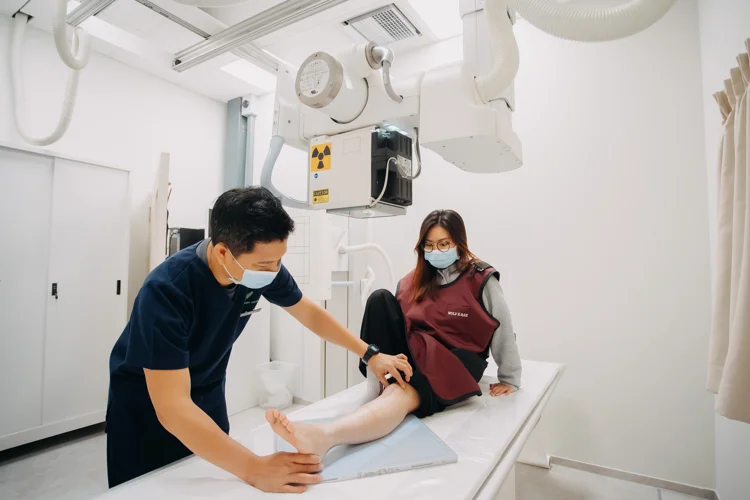

Delivering Care Patients Appreciate
What to Expect
FAST RESULTS
We strive to deliver your results within 7 working days.
MINIMUM WAITING TIME
Our patient-oriented processes ensure your waiting time is kept to a minimum.
Friendly Service
Service is a top priority for us at ATA Medical.
Email Us at camden@atamed.sg
for More Information.
Book Your Health Screening With Us at 88838892.
